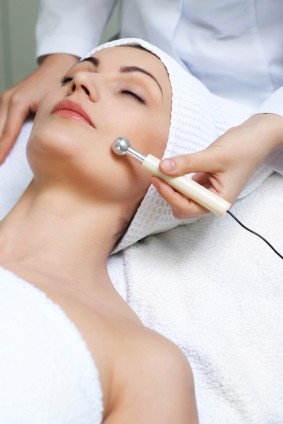Laser resurfacing, or a laser peel, is a procedure that involves the treatment of uneven skin tone, wrinkles and acne scars. Laser peeling improves the appearance of the skin, allowing for a smoother, fresh complexion.
Procedure
Laser skin resurfacing is a treatment that utilizes a laser to create a smooth, new skin appearance. The laser will destroy the outer layer of the skin, which has been damaged by age, spots, pigmentation problems, wrinkles, acne, and the sun.
A regeneration of new skin cells will occur, creating a smoother finish. The laser will work to even out pits caused by wrinkles and acne scars. The laser peel will precisely pinpoint the exact problem areas and focus only on those.
Cost
Laser peels, on average, cost $2,222. However, that price will vary depending on the area of the country
you live in, the number of sessions required, and the extent of the treatment. Laser skin rejuvenation usually requires only a topical anesthetic, but for deeper treatments, general anesthesia is available. The charge will increase for general anesthesia, and the use of an anesthetist.
Additionally, the patient may have to purchase antibiotics, prescription painkillers, special washes, dressings, and ointments if the treatment is a very deep one. Each cosmetic surgeon is different, some charge extra for those items, while others include them in the laser peel price.
Because a laser peel is an elective cosmetic procedure, it is not covered by health insurance. However, most doctors offer financing options where the laser peel can be paid over time.
Risks and Complications
Laser peels often carry some of the same complications as plastic surgery, such as infection, scarring, development of a rare condition in which the edge of the eyelid rolls outward and exposes the inside of the eyelid, and skin irritation. Other factors include color pigmentation changes, redness, and temporary swelling.
Recovery
Following a laser peel, the length of recovery is dependent on the extent of the procedure. Applying liberal amounts of moisturizer is recommended to keep the skin from drying out. Patients can resume application of glycolic acid and/or Retin-A products approximately six weeks after the laser peel.
Limiting smoking habits is highly recommended, as smoking can have harmful effects in the healing process. Avoid sun exposure until all of the color has returned to normal. Makeup should also be avoided, as its application causes a reaction to sensitive skin.
New skin will emerge after the treated area peels. At first, the skin will appear pink in color, and will gradually fade to normal within a year.
Overall, the laser peel will temporarily eliminate fine lines, reduce the appearance of deep wrinkles, dramatically diminish the appearance of acne scars, and create an even skin tone. Other benefits of a laser peel include the improvement of sun-damaged skin and tightening of loose, aging skin.

